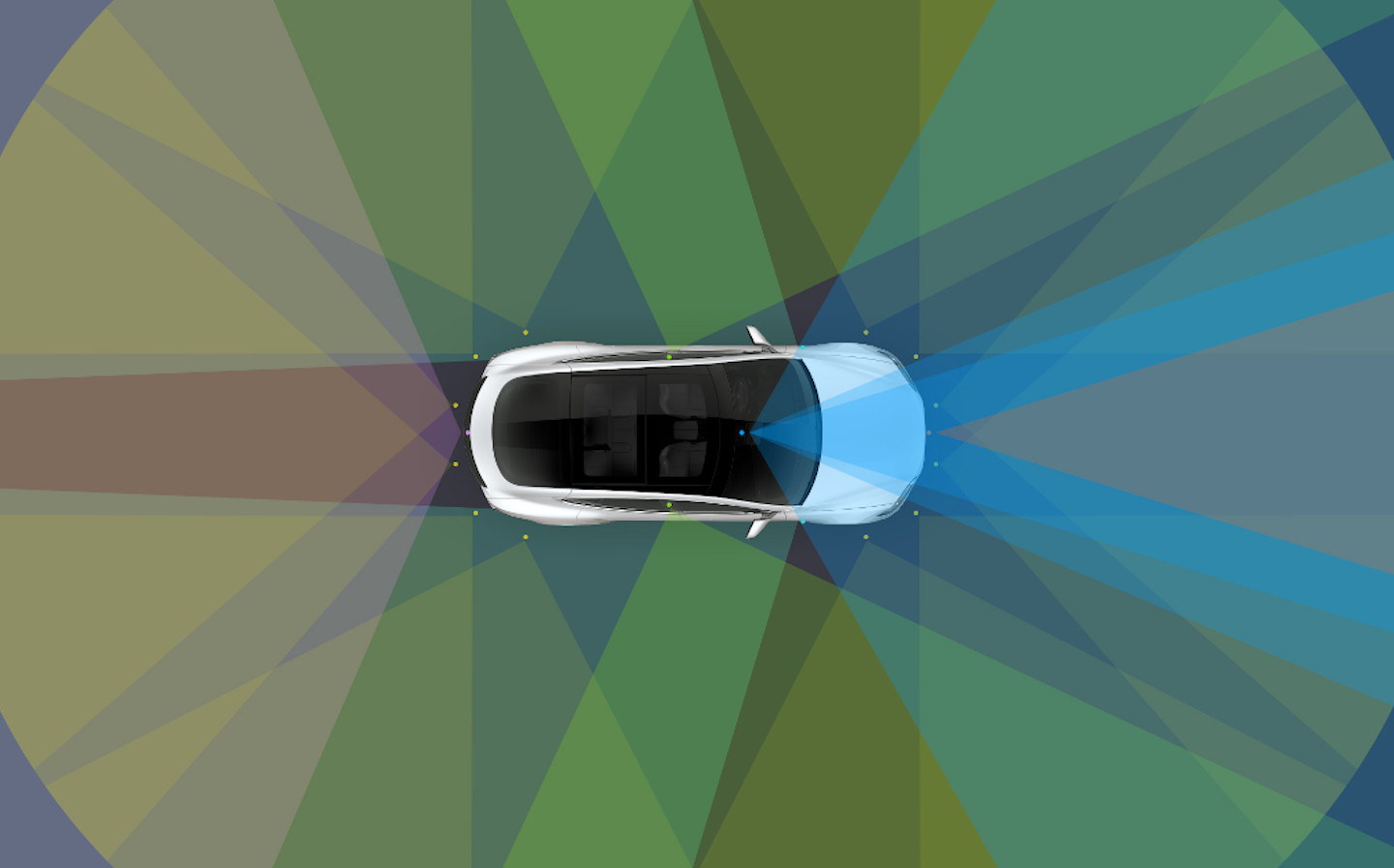Tesla driver arrested on homicide charges after killing motorcyclist while using Autopilot
Once again: Autopilot does not make the vehicle autonomous
A Tesla driver in America has been arrested for “vehicular homicide” after running over a motorcyclist while using the vehicle’s Autopilot feature.
The unnamed 56-year-old man’s 2022 Tesla Model S collided with a motorcycle while driving in Snohomish County, Washington State, on April 19 this year, according to the Seattle Times.
The motorcyclist, 28-year-old Jeffrey Nissen, was pronounced dead at the scene.
According to the affidavit, the driver was returning home from lunch and was looking at his phone when he heard a loud noise and the car lurched forwards, before accelerating and colliding with Nissen’s motorcycle.
The man had told a state trooper his car became stuck on top of the motorcyclist and couldn’t be moved in time to save his life, according to the report.
Autopilot is a misnomer
Although Tesla markets the technology as Autopilot, and calls its most advanced version “Full Self-Driving” (FSD), the law requires drivers to remain alert with their hands on the wheel, allowing them to monitor the car’s activities.
Tesla’s own website also tells drivers they must remain “fully attentive” and keep their hands on the wheel to “take over at any moment” before they use the Autopilot feature.
In the affidavit, the trooper cited the Tesla owner’s “inattention to driving while on Autopilot mode and the distraction of the cell phone”, and “putting his trust in the machine to drive him”, as cause for the charge of vehicular manslaughter.
No drugs or drink in the driver’s system
According to the Everett Herald, the Tesla driver was tested for drug and alcohol consumption but was not found to be impaired.
Although the man was booked into Snohomish County Jail, he was released on April 21 after posting his $100,000 (around £80,000) bail.
A spokesperson for the local state patrol told the Seattle Times that the police would be investigating the fatal crash.
“It is imperative that the traveling public remember the driver [or] operator is always responsible for the safe and legal operation of their vehicle,” said the spokesperson. “Bottom line: if you are behind the wheel, you are responsible.”
Autopilot safety in the spotlight
The news is only likely to add fuel to the fires of controversy surrounding the Autopilot technology, which has seen Tesla’s promotional material criticised for potentially overselling the ability of the feature. Even the use of the Autopilot name has been called into question, with a German court ruling in 2019 that Tesla could not use the term as it would be misleading. However, the ruling was overturned in 2022.
Safety has been called into question more recently, with The Washington Post’s analysis of federal crash data in the US suggesting that Tesla cars on Autopilot were involved in more than seven-hundred accidents since 2019, of which 17 were fatal.
In December last year, the National Highway Traffic Safety Administration (NHTSA) ordered Tesla to recall four of its models with Autopilot, telling the company the system was not “sufficient to prevent driver misuse.”
In response to the ruling, Tesla issued a free over-the-air software update to all its cars equipped with Autopilot. The update included a system that made it easier to turn off Autopilot when activated and a function that would suspend the use of the technology in the car if the driver repeatedly failed to monitor the system responsibly.
However, Tesla continues to market its cars with Autopilot technology and |FSD capability. In fact, the company slashed the price of its Autopilot technology from $12,000 (~£9,500) to $8,000 (~£6,500) just the day after the crash in Washington State. In the UK, Basic Autopilot is standard on every new Tesla, though “Enhanced Autopilot” and FSD are cost upgrades.
The company, the CEO of which is billionaire Elon Musk, claims the Autopilot system is a “suite of driver assistance features” that “makes driving safer and less stressful.” However, Tesla’s website also admits the features “do not make the vehicle autonomous.”
Latest articles
- Porsche has begun testing the electric Cayenne
- Cupra Leon 272 eHybrid 2024 review: Bigger battery, better tech … but is it a Cupra?
- Porsche 911 GTS 2024 review: Hybrid heresy or more Stuttgart genius?
- Extended test: 2023 Vauxhall Astra Sports Tourer GS PHEV
- Ford Capri revival has faced a lot of flak… but are buyers put off? Here’s what visitors to the Festival of Speed had to say
- Aston Martin Valkyrie AMR-LMH hypercar hits track ahead of 2025 Le Mans challenge
- F1 2024 calendar and race reports: What time the next grand prix starts and what happened in the previous rounds
- ‘No timeframe’ for how long Volvo’s returning estate cars will be on sale in UK
- Kia Picanto 2024 review: Updates add spice to cute Korean city car














